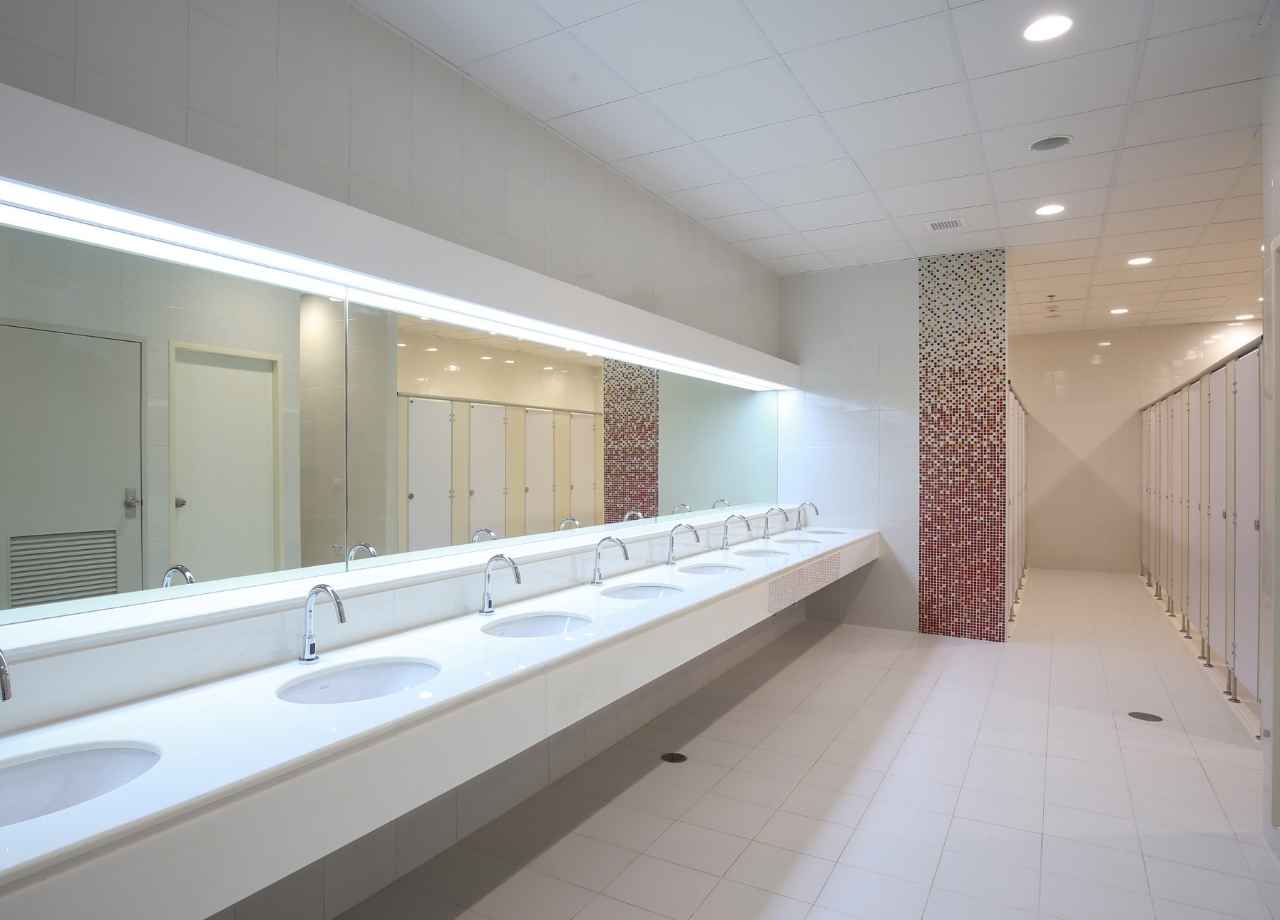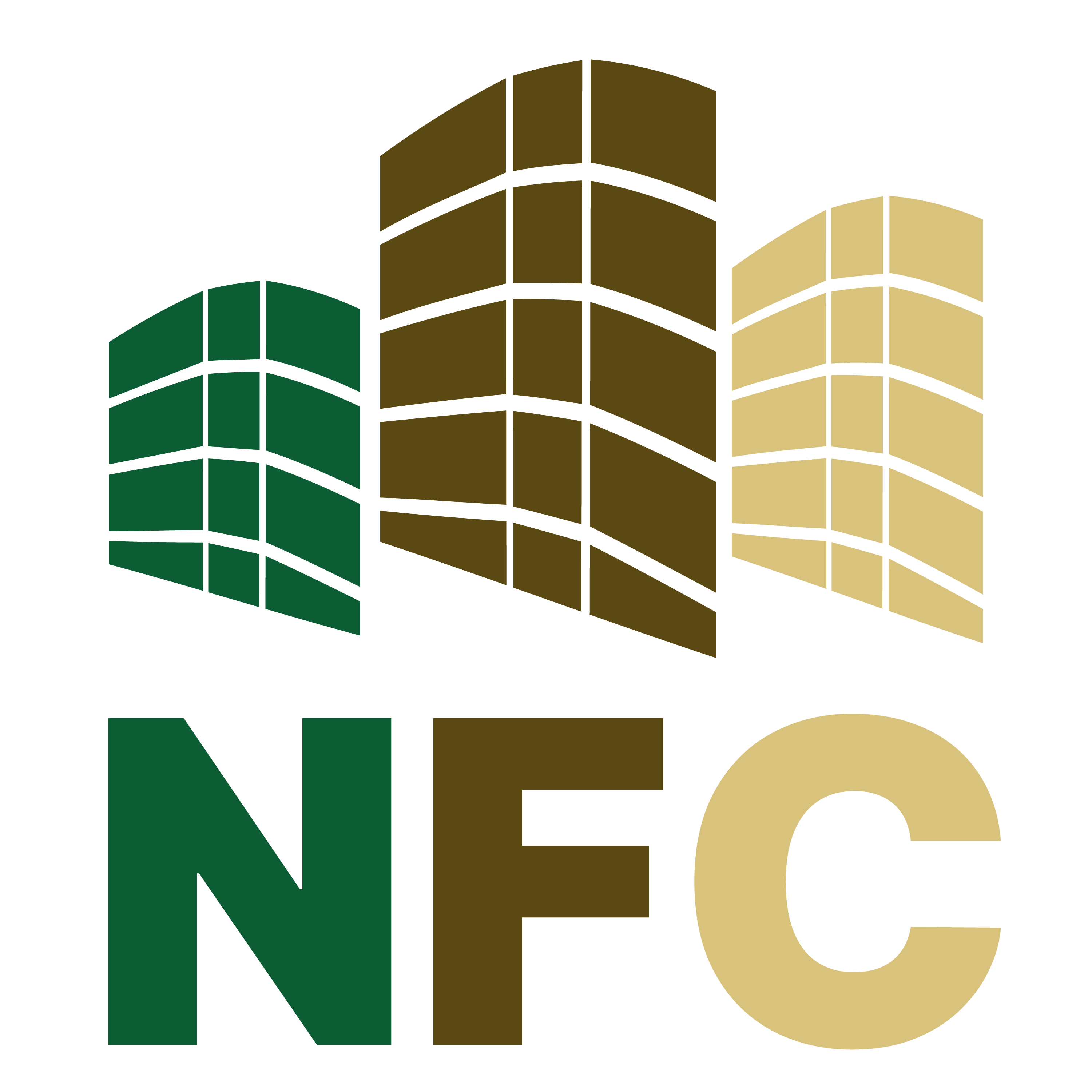Facility Management Software – Is It Worth It?
Running building operations without digital tools can feel like steering a ship without a compass. Years ago, I managed a mid-sized commercial facility that relied on manual logs, phone calls, and spreadsheets to handle maintenance. Missed appointments, misplaced work orders, and unexpected equipment failures were regular headaches. When leadership finally approved a facility management software (FMS), the difference felt immediate—almost like someone switched the lights on.
Facility management today demands precision, speed, and organization. Handwritten checklists and scattered spreadsheets cannot keep up when tenant expectations, compliance standards, and building systems grow more complex. The right facility management software doesn’t just help—it changes the entire game.
Centralizing Information Changes the Game
One major advantage of facility management software is the ability to store and access everything in one place. Work orders, service contracts, warranties, inspection reports—all searchable with a few clicks. During a major event at one property, an HVAC failure could have derailed everything. Thanks to the software, pulling up service history and warranty details took less than five minutes. Emergency contractors were booked fast, downtime was minimal, and tenants barely noticed.
Before the software, the same situation would have involved thumbing through old filing cabinets and making endless phone calls. Costs rise fast when repairs are delayed, not to mention the reputational damage.
Real-Time Maintenance Tracking Makes a Difference
Every building manager knows the pain of deferred maintenance. Skipped oiling, missed inspections, forgotten filter changes—they all add up. Facility management software automates maintenance schedules and sends reminders long before anything slips through the cracks.
At one medical office building, we cut HVAC complaints by 60% in the first year of implementing automated maintenance tasks. With digital tracking, it became easy to spot which equipment needed attention and which contractors were falling behind on their service levels.
Reactive maintenance drains budgets faster than planned upkeep. Tracking everything in real time helped us shift focus toward prevention, saving thousands that would have gone toward emergency repairs.
Cost Concerns Should Not Stall Progress
Sticker shock stops a lot of companies from pulling the trigger. Licensing fees, setup costs, and training sessions all seem heavy at the start. A lot of decision-makers worry they won’t see the benefits soon enough. That hesitation can cost more than they realize.
When we hesitated on implementing FMS at one of our warehouse properties, maintenance costs climbed year after year. Equipment aged faster because preventive work was inconsistent. Once we finally adopted software, maintenance expenses dropped by nearly 20% over the following two years. The tracking features allowed managers to catch minor issues before they became major repairs.
Focusing only on upfront costs misses the bigger financial picture. Facility management software is an investment that pays back with smoother operations, fewer emergencies, and smarter asset use.
Better Communication Between Teams and Vendors
One of the biggest frustrations in managing facilities without software is miscommunication. Technicians miss details. Vendors lose paperwork. Tenants feel ignored.
Facility management software closes these gaps quickly:
- Technicians receive digital work orders with detailed notes and attachments
- Vendors upload invoices and reports directly into the system
- Tenants submit requests that can be tracked from start to finish without relying on back-and-forth phone calls

During a large office renovation project, keeping hundreds of emails straight became impossible. After shifting project management and service requests into a centralized software tool, tracking change orders and progress updates became straightforward. Fewer disputes. Faster completions.
Data-Driven Decisions Improve Facility Performance
Gut feelings can only take building management so far. Good facility management software provides clear reports on performance, spending, and service quality.
At one corporate site, energy bills kept creeping up. Instead of guessing at causes, the software pulled maintenance logs, equipment ages, and service histories into one report. Faulty air handlers were quickly identified as the culprits. Replacing them brought utility costs back down without chasing multiple theories for months.
Access to real data helps managers prioritize the right projects and defend budget requests with facts, not guesses. Facility management software turns maintenance departments into strategic assets instead of cost centers.
Scalability Prepares Facilities for Growth
Managing one building on spreadsheets is tough enough. Managing multiple properties with dozens of contractors and thousands of service requests? Nearly impossible without digital help.
Facility management software scales with growing portfolios. Adding new locations, contractors, or service lines doesn’t mean recreating tracking systems from scratch. Templates, user permissions, and reporting tools make it easy to expand operations without drowning in admin work.
When our company acquired three additional properties in different cities, software made the transition painless. Work order processes stayed consistent, vendor onboarding was faster, and compliance tracking remained sharp. Without it, onboarding would have been chaos.
User Experience Matters More Than Features
Choosing a facility management software often turns into a feature-hunting expedition. Fancy dashboards, hundreds of modules, and complex customizations sound appealing during demos. In real life, simplicity wins.
The software that worked best for our team wasn’t the flashiest. It was easy to train new hires on, mobile-friendly for field staff, and flexible enough to handle different property types without constant IT support.
Nothing slows adoption faster than a clunky, confusing system. Facility teams are busy enough already. Choosing software that fits real daily workflows matters more than loading up on extra features that no one uses after the first month.
Risk Management Improves with Better Record Keeping
Facilities must document inspections, repairs, permits, and compliance activities. Missing paperwork creates liability risks and regulatory problems.
Facility management software keeps permanent, time-stamped records of every service call, repair, and inspection. At a government-owned property we managed, a surprise audit required pulling three years of inspection reports. Without the software, gathering everything would have taken weeks. With digital records, the full set was delivered the same day, complete with timestamps and digital signatures.
Good records protect owners, property managers, and contractors. They also speed up insurance claims, support legal defense, and streamline lease negotiations.
Common Pitfalls to Avoid
Implementing facility management software can go wrong without clear planning. Dumping everything into the system without cleaning old data first creates confusion. Skipping user training leads to workarounds that defeat the purpose of having software at all. Treating the software as “set it and forget it” leaves the system outdated fast.
Successful adoption requires treating FMS as a living tool:
- Schedules should be updated when equipment is replaced
- Users should suggest improvements based on daily workflows
- Management should review reports and adjust processes regularly
Conclusion: Facility Management Software Pays Off When Done Right
Facility management software isn’t magic. It requires planning, commitment, and regular adjustments. But when properly selected, implemented, and maintained, it delivers undeniable value. It cuts costs, prevents problems, strengthens communication, and helps facility teams operate with clarity, not chaos.
Looking back, I can’t imagine managing a building without it. Running facilities today demands smarter tools. Choosing not to invest in facility management software leaves money on the table—and opens the door to preventable mistakes, downtime, and lost tenant trust.







